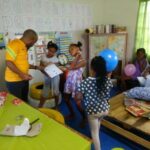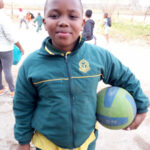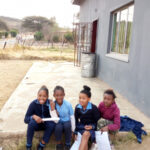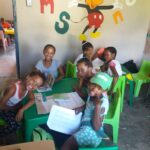South Africa: a “Bridge” between cultures
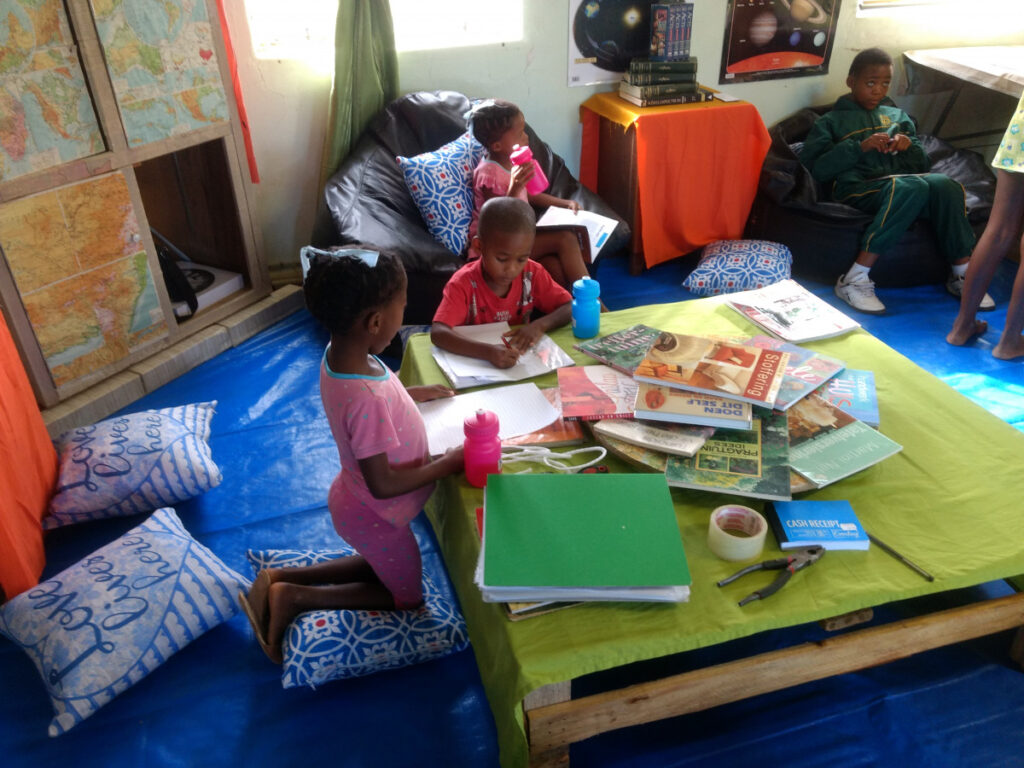
by Anita Leonetti.
In a country marked by racial inequalities, AFN Onlus works in the field of education to train the new generations
40 years of abuse and discrimination caused by the Apartheid cannot be easily erased. Still today, in South Africa, the burden of history continues to produce its effects.
The regime of race-based segregation, which was established in 1948 and was abolished only in the Nineties of last century, has left very serious consequences in the country, making very hard the coexistence of the different ethnic groups, with the consequent marginalization of those who have been crushed by this historical heritage. Such regime did not only foster various forms of racist discrimination in the workplace, in education, and in the lives of citizens but also several forms of psychological violence, ghettoization, and social devaluation of the black and mestizo population.
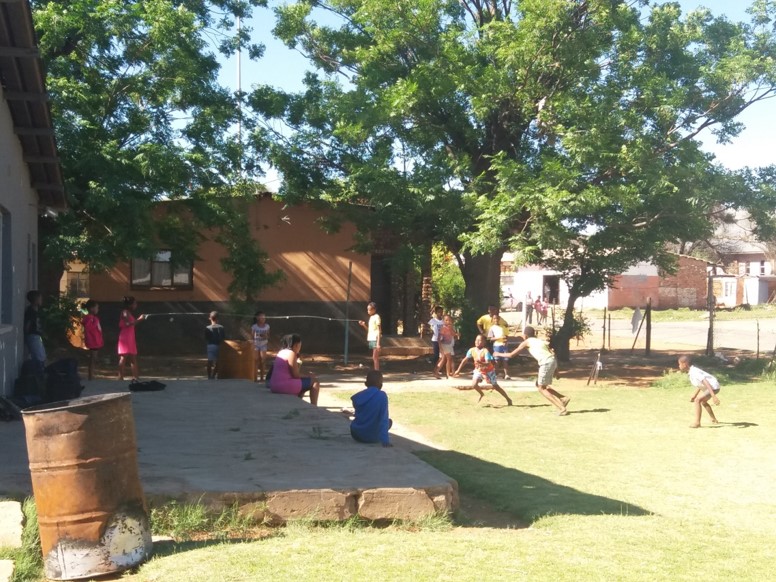
During the Apartheid regime, schools were classified according to the ethnic groups of the students, and it was illegal for anyone to attend a school that served a different social group than the one assigned to them. There were also huge gaps between the school systems, concerning the qualification of teachers, the teacher-pupil ratio, as well as the quality of buildings, books, and equipment.
All this has deeply marked entire generations and even today the effects of this regime are tragically tangible and cumbersome in everyday life, and even more so in the poorest areas of the country.
Bonita Park is a district of Hartswater, an agricultural town with about 10,000 inhabitants. Here, as in the rest of the country, the negative effects inherited from the Apartheid regime persist, especially in the educational field. The educational skills of the students belonging to the black and mestizo groups of Bonita Park are much lower than those of the other ethnic groups, thus perpetuating the cultural gap and the consequent risk of social exclusion.
“The Bridge” project was created to build a mediation between the different ethnic groups that live in the neighborhood, bridging gaps and cultural differences, not only academically speaking, but also by setting up, along with an after-school program, a small common space: a place of encounter between different cultures, for children and youth.

The activities, set off in February 2018, include classes to strengthen weak subject-matters, such as mathematics and English, after-school activities, workshops on human formation and education for peace, and training in cleanliness and nutrition.
One year after the start of the activities, the fruits begin to show and the community has a great desire to grow and work together.
There was a great cooperation from many to create a milieu where children and young people could find a home that, often, they do not have elsewhere. Carlo, for example, offered his old truck to pick up the wood used to make the coloured benches that children use to study. The headmaster of the nearest elementary school, considering the academic progress of some students, gave shelves, notebooks, and books. A local councilman from the neighborhood registered his children on the program and said, “This is the very first time that something like this has happened here.” A local company donated the painting used by the young people of the neighborhood to paint the walls of the classrooms. Even the Dutch Reformed Church, whose members are almost exclusively white people, donated fifty chairs to the project. Everyone did their part to see this project grow within the community. Everyone placed his or her small brick to build and make every day more solid this bridge between cultures and ethnic groups, which has allowed, after only a year, to begin to see the fruits of this immense work. A bridge that crosses the barriers of racial inequalities and makes the operators and volunteers who work on the project say, “We see doors being opened, new relationships being created and consolidated. Above all, we see that these children and young people of The Bridge find, little by little, something different that makes them less angry, more smiling, and safer.”
Source: Spazio famiglia, march 2019, pages 10-13


